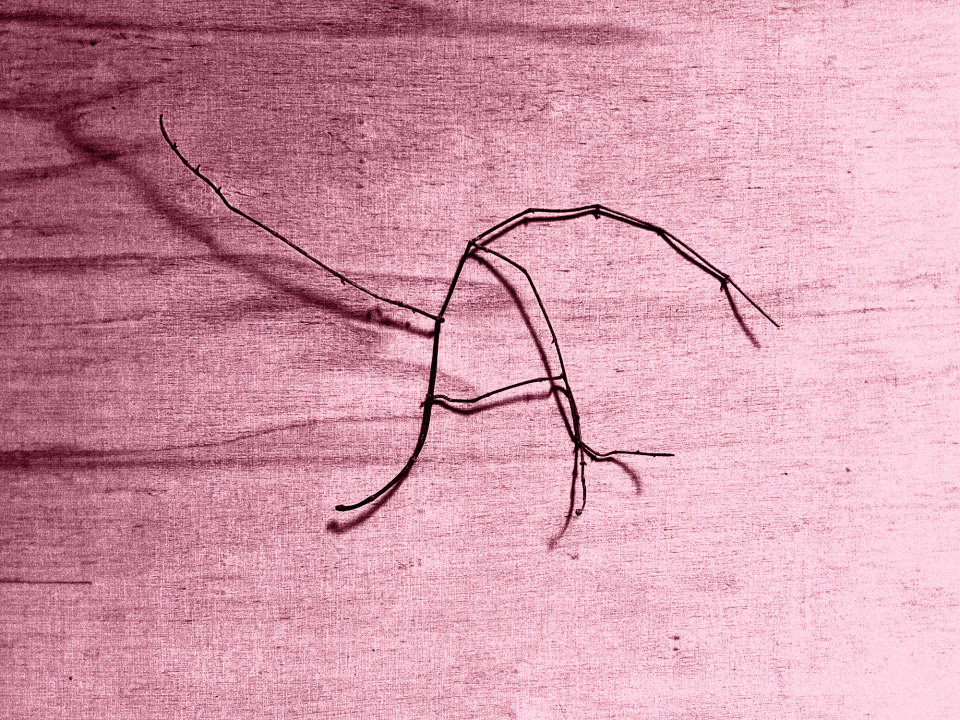Alessio is a 26-year-old man. He lives in Rome and visits the bar, opposite Nico Vascellari's studio. The artist first heard his lute, a whistle, a call. One day, Vascellari sat down in the bar, facing the young man. Alessio has a way about him that's quietly captivating, seeing the world through a different lens characterised by his autism spectrum. This brings its challenges, but also its unique perspectives. He communicates without words, using a blend of movements and sounds that are as much a part of him as his smile. Alessio's cadence, a composition of repetitive gestures and sounds; constant yet ever evolving, telling his story in a language all his own, sparked a creative journey for Vascellari, where he explores communication beyond words.
The German premiere of the performance Alessio (2023-24) takes place on 26.7.24, as part of Open Haus. It Kunst starts with the soundscape created by Nico Vascellari and a few individual performers connecting with Alessio’s body language. By and by, 15 performers will join in and contribute their own dialect of non-verbal language. The 30-minute choreography expands from the Mittelhalle at Haus der Kunst to the Terrassensaal and the English Garden. As the ensemble moves together and apart, a collective story emerges about the universal desire to understand and be understood.
After the performance concludes, Alessio's soundscape will continue to enlive the Terrassensaal until 3.9.24. The doors to the terrace will remain open for the duration of the exhibition, bridging the building with the outdoor public space, while conducting a choir of Alessio’s cadence and the polyphony of the Englischer Garten. The work ¿ (2024) by Nico Vascellari, shown in parallel in the Terrassensaal, adds a further layer to both the performance and the remaining soundscape. The red neon reverse question mark suggests how position and posture may alter perception and understanding of verbal and non-verbal language.
The project invites visitors to reflect on their own unique means of communication and come together, during a polyphony of nonverbal languages, within the spaces of Haus der Kunst.
With the exhibition “Every Life Signs” by Christine Sun Kim, as a departure point, the euward award exhibitions that are hosted in its exhibition spaces, as well as workshops at the core of its programme, Haus der Kunst continues its ongoing commitment towards inclusion and accessibility by employing Nico Vascellari’s work, as an (un)learning tool of nonverbal communication. As a cultural institution, Haus der Kunst recognises the transformative power of creative engagement, where individuals' abilities shine, overshadowing any disabilities. Through its mission to cultivate an environment that encourages an instinctive exploration of its public spaces, emerged the desire to affirm one's existence. Haus der Kunst aims to offer spaces where experiences and presences can be documented through the act of sharing a polyphony of non-verbal languages.
Developed in cooperation between Nico Vascellari, the curatorial team and the learning and engagement team at Haus der Kunst (Andrea Lissoni, Lydia Antoniou, Camille Latreille).
The project is supported by the Directorate General for Contemporary Creativity of the Italian Ministry of Culture under the Italian Council program (2023). The project is organized in collaboration with Comune di Firenze and Museo Novecento in Florence, Italy.


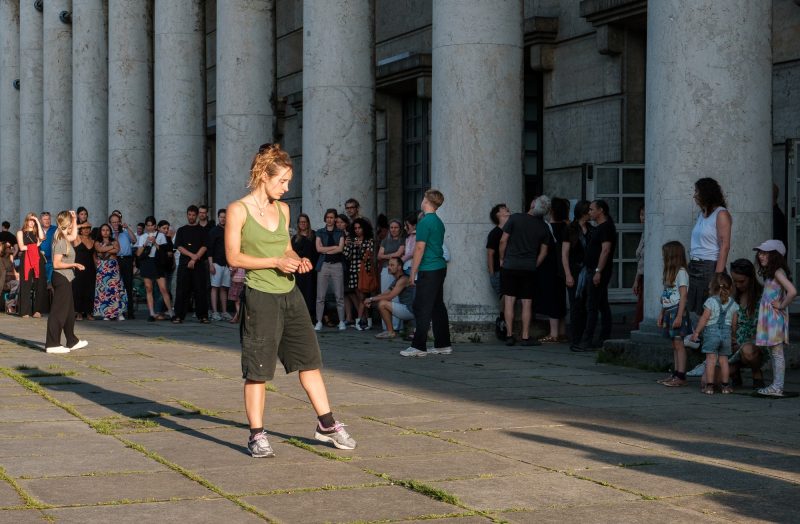
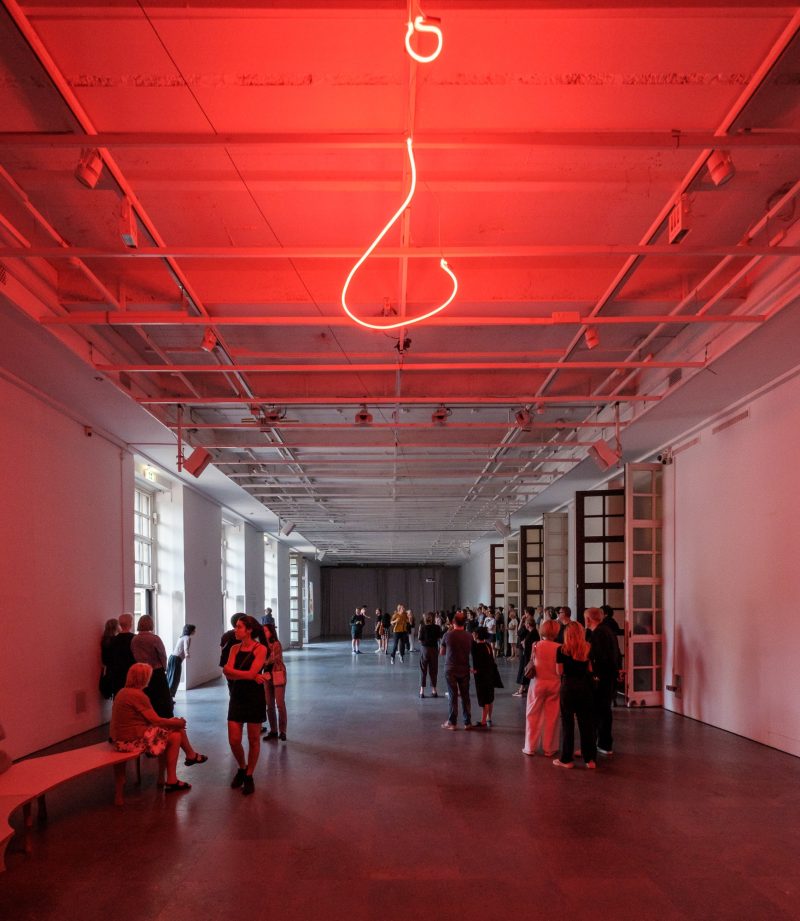
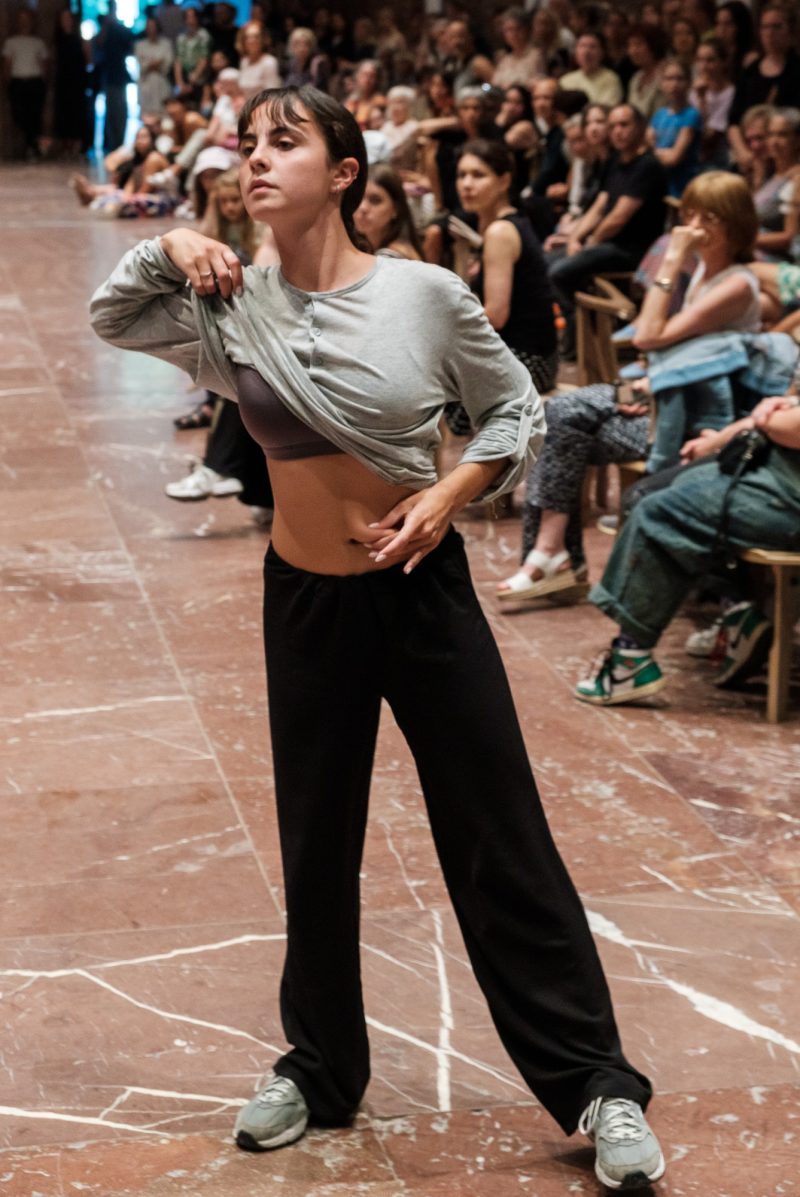
Artist info
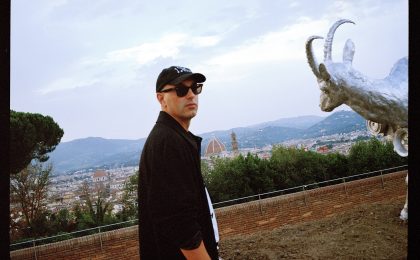
Nico Vascellari
Nico Vascellari (b. 1976, IT) is an artist based between Rome and Vittorio Veneto, Italy. Through an anthropological approach and the complex use of various media, his works analyse the relationship between man and nature, especially animals, interweaving the personal with the collective dimension. His work has been exhibited at the Mercosul Biennale (2022); Lyon Biennale (2019); 12th Venice Biennale of Architecture (2010); Manifesta 7 (2008); and 52th Venice Biennale (2007). Group shows include Museo del ‘900, Milan; Fondation Beyeler, Basel; Riga Art Space, Riga; La Maison Rouge, Paris; MAK, Vienna; Kunsthaus, Graz; Song Eun Art Space, Seoul; ZKM Karlsruhe; Museo Maxxi, Roma; La Casa Encendida, Madrid; Espace de l’Art Concret, Mouans-Sartoux; Palazzo Reale, Milan; Fondazione Sandretto Re Rebaudengo, Turin; CSW, Warsaw; Pinchuk Art Centre, Kyiv; and Le Magasin, Grenoble. Vascellari regularly performs as part of the punk band Ninos du Brasil. . He recently participated to the group show Poetics of Encryption at KW Berlin, with a major video work.
